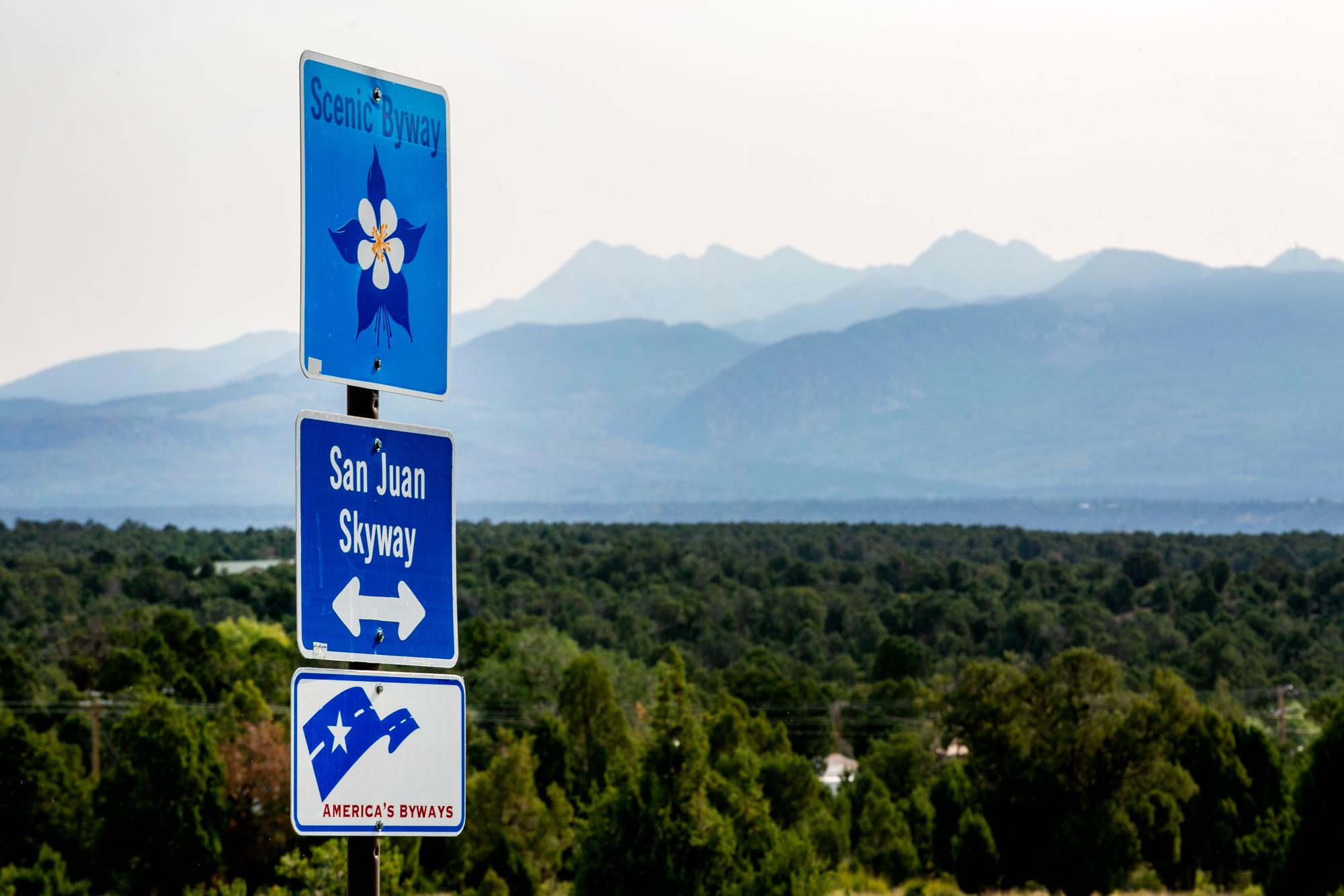
The Dolores Ranger District of the San Juan National Forest is providing firewood to help heat homes in the Chinle area of the Navajo Nation.
San Juan Wood for Life is a pilot project between the San Juan National Forest, Chinle Chapter of the Navajo Nation, National Forest Foundation and Weston Backcountry.
The project provides tribes with a sustainable source of firewood from forest thinning projects.
In February, about six truckloads of ponderosa pine – at least 84 cords of firewood – are being delivered to the Chinle Chapter House as weather allows. The wood will be processed into firewood and delivered to elderly and other vulnerable populations in the area free of charge.
“The wood has arrived and is being split for delivery to homes,” said Colin Tsosie, program coordinator for the Chinle Chapter House. Households that need firewood will receive one cord each.
He said there is a big demand for firewood in Chinle and wood stoves are a primary source of heat for residents, including the elderly.
“I don’t know if you’ve been to Chinle, but there are not a lot of forests around for firewood,” Tsosie said. “It’s been cold here, the goal of the project is to help the community with firewood at no cost.”
Residents typically drive 45 minutes or longer gather firewood, he said. The labor and rising cost of wood and fuel makes it a challenge, especially for the elderly, he said. A truckload of firewood has been selling for $280.
The Chinle Youth Program and AmeriCorps volunteers are helping to split and deliver the wood. Sign up for the firewood is available at the Chinle Chapter House.
Dolores District Ranger Derek Padilla said firewood for the San Juan Wood for Life is from forest thinning projects in the Glade and Lake Canyon areas in the northwest part of the district.
Local demand has not been high for the firewood available in that remote area, he said. The firewood-sharing program to help out neighbors is seen as a good use for it.
“It helps us address forest health needs, while also helping communities that need firewood,” he said. “My hope it that it will develop into a multiyear program.”
The reduction of fuel loading in the Glade helps minimize beetle kill, reduces the chance for large, destructive wildfires, and provides a product for the timber industry, according to the U.S. Forest Service.
A challenge for forest thinning projects is that the market for smaller timber is scarce. Padilla said. The larger mills are not taking it, but it makes good firewood.
The Chinle Chapter has participated in the Wood For Life program with Arizona's Coconino and Kaibab National Forests in the past and was chosen for the San Juan pilot program because of existing distribution networks and infrastructure.
The Wood for Life program was developed in 2018 as a collaboration between the Kaibab and Coconino National Forests, the Navajo Nation and Hopi Tribe and the National Forest Foundation. The partnership now includes more than 60 organizations. Since its inception, more than 7,000 cords of wood have been provided to local tribal governments and nonprofits, which process and distribute it to community members throughout the Southwest.
“The expansion of Wood for Life to the San Juan National Forest will allow the program to benefit more forest lands and reach more communities,” said National Forest Foundation program manager Sasha Stortz in a news release. “We’re thrilled for this significant moment of growth and really appreciate all the partners who have come together to make it happen.”









